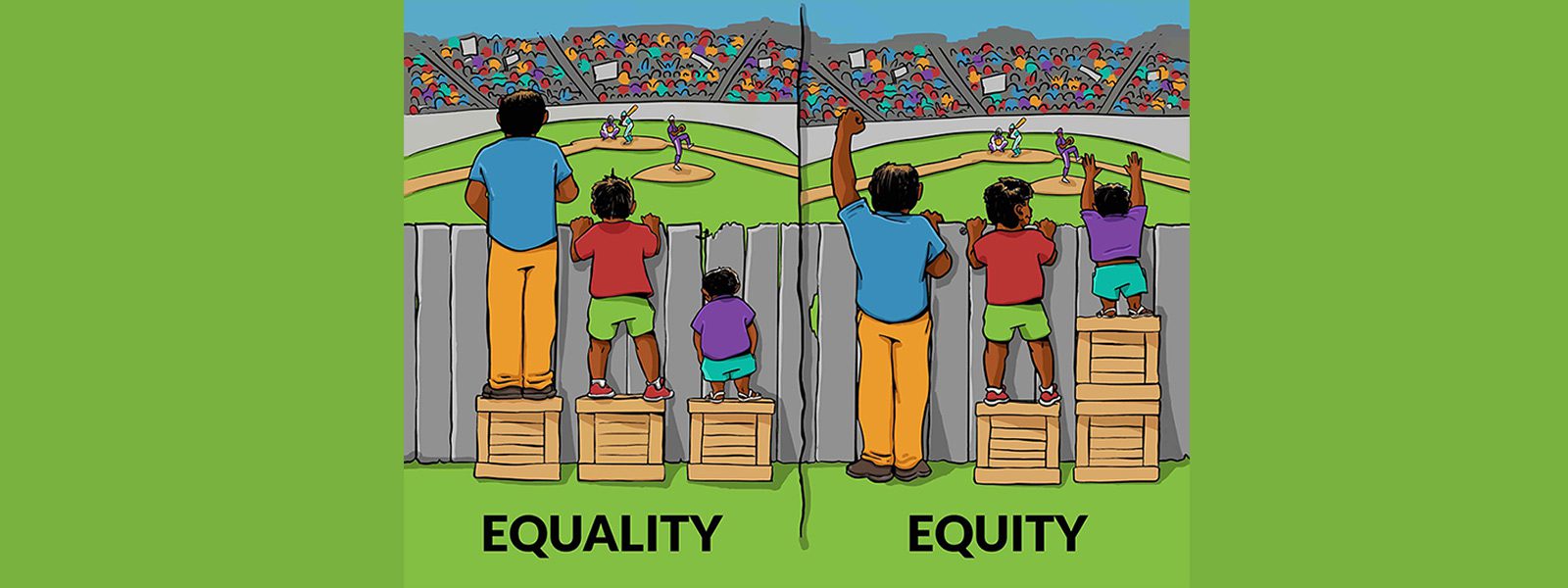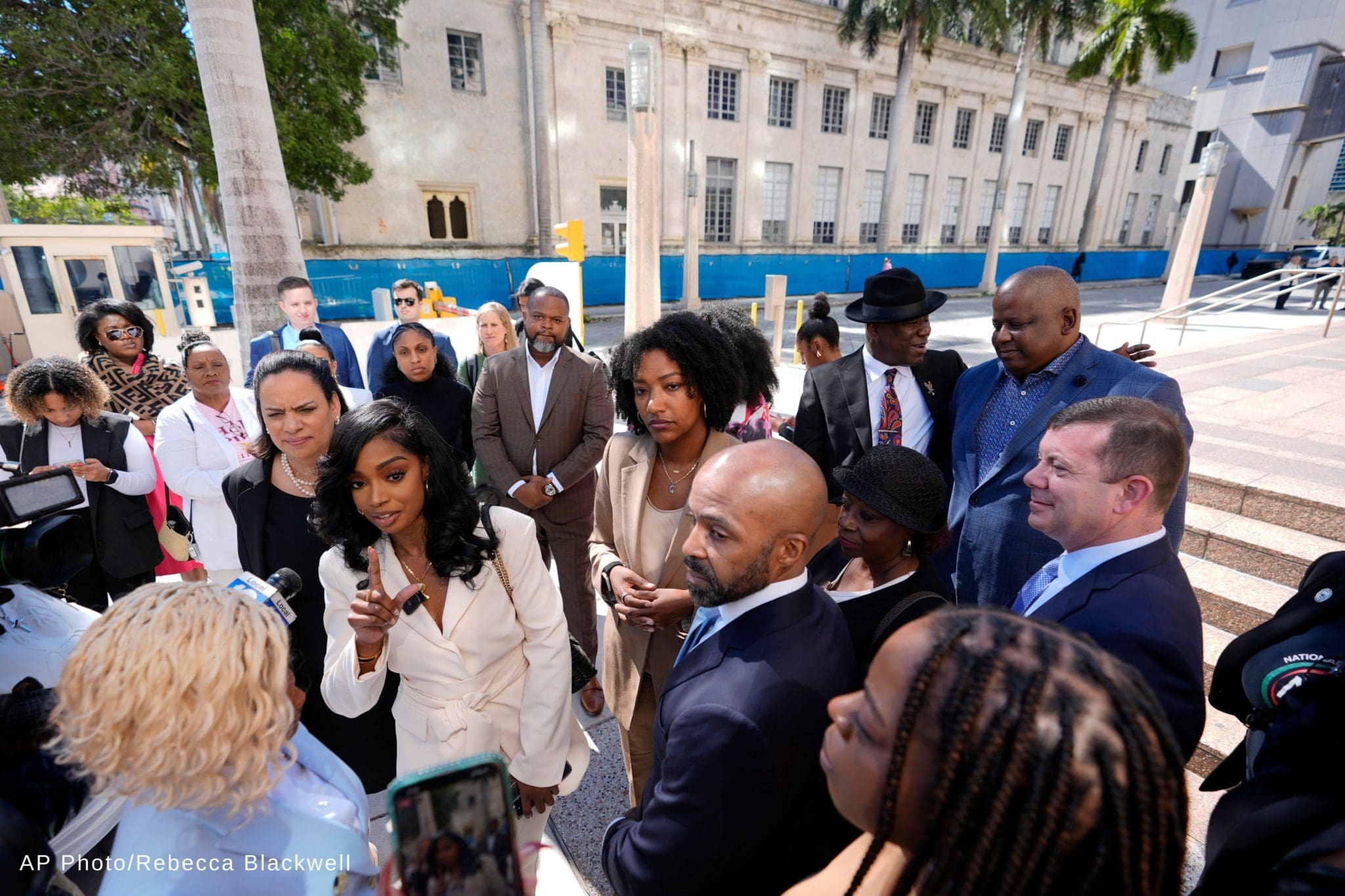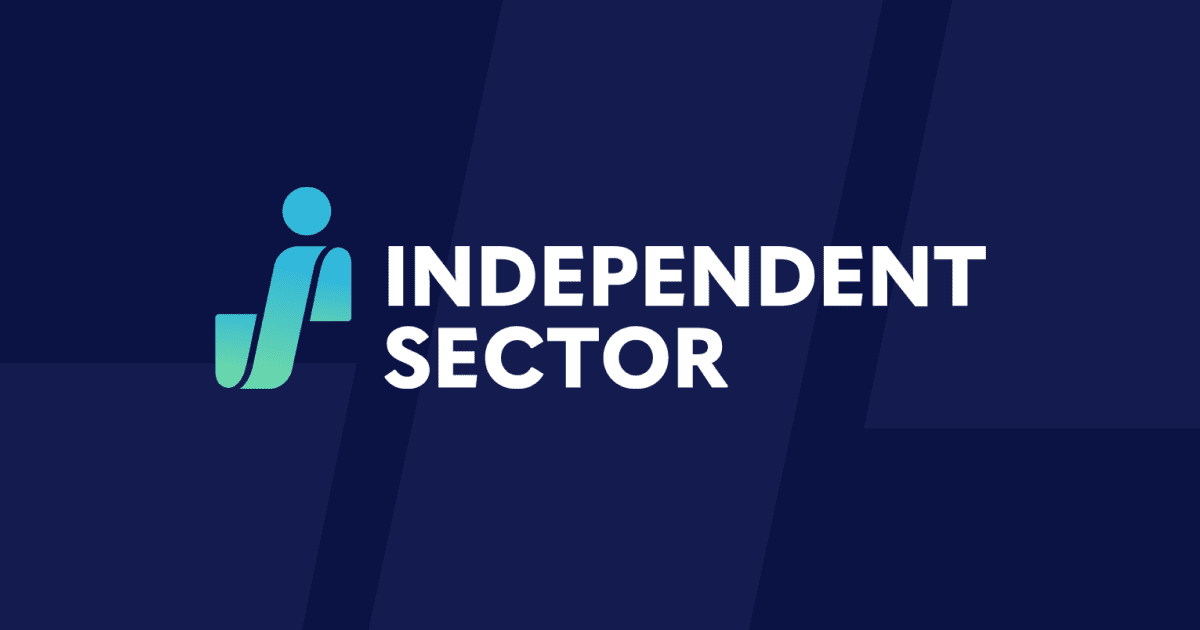Diversity, equity, inclusion. Nonprofit organizations use these words as they strive to become more diverse, yet many leaders are uncertain about the steps needed to turn dialogue – and intention – into action. ProInspire’s work to develop leaders at all levels for the social sector has shown us that for many organizations, the desire to increase diversity isn’t translating into the reality of an environment that enables people of different backgrounds to succeed, and diverse, mission-advancing perspectives to be heard.
There has never been a more relevant time to help organizations succeed in their efforts to strengthen diversity, equity, and inclusion. The Independent Sector Diversity, Equity, and Inclusion focus area highlights information and tools to help leaders make the changes that will lead to more diverse, inclusive, and equitable organizations. In this post, we offer a foundational understanding of the issues: baseline definitions, the case for why diversity matters, and an introduction to the resources that you’ll find in the Diversity, Equity, and Inclusion focus area.
Definitions
We define diversity, equity, and inclusion based on language from the D5 Coalition, Racial Equity Tools Glossary, and UC Berkeley:
Diversity includes all the ways in which people differ, encompassing the different characteristics that make one individual or group different from another. While diversity is often used in reference to race, ethnicity, and gender, we embrace a broader definition of diversity that also includes age, national origin, religion, disability, sexual orientation, socioeconomic status, education, marital status, language, and physical appearance. Our definition also includes diversity of thought: ideas, perspectives, and values. We also recognize that individuals affiliate with multiple identities.
Equity is the fair treatment, access, opportunity, and advancement for all people, while at the same time striving to identify and eliminate barriers that have prevented the full participation of some groups. Improving equity involves increasing justice and fairness within the procedures and processes of institutions or systems, as well as in their distribution of resources. Tackling equity issues requires an understanding of the root causes of outcome disparities within our society.
Inclusion is the act of creating environments in which any individual or group can be and feel welcomed, respected, supported, and valued to fully participate. An inclusive and welcoming climate embraces differences and offers respect in words and actions for all people. It’s important to note that while an inclusive group is by definition diverse, a diverse group isn’t always inclusive. Increasingly, recognition of unconscious or ‘implicit bias’ helps organizations to be deliberate about addressing issues of inclusivity.
The Case for Diversity, Equity, and Inclusion
Four key arguments make the case for diversity, equity, and inclusion:
- The moral or social justice case asserts that each person has value to contribute, and that we must address barriers and historical factors that have led to unfair conditions for marginalized populations. For example, racial equity refers to what a genuinely non-racist society would look like, where the distribution of society’s benefits and burdens would not be skewed by race, and individuals would be no more or less likely to experience them due to the color of their skin. From a moral perspective, nonprofits are created to improve society and as such they should be diverse, inclusive, and equitable.
- The economic case is based on the idea that organizations and countries that tap into diverse talent pools are stronger and more efficient. Economists see discrimination as economic inefficiency – the result of a systematic misallocation of human resources. In fact, the Center For American Progress finds that workplace discrimination against employees based on race, gender or sexual orientation costs businesses an estimated $64 billion annually. That amount represents the annual estimated cost of losing and replacing more than 2 million American workers who leave their jobs each year due to unfairness and discrimination. In this argument, organizations should become more diverse and inclusive because it makes economic sense to leverage the talent pools of different populations.
- The market case states that organizations will better serve their customers if they reflect the diversity of their market base. A dramatic demographic shift is under way in the U.S., which will be majority non-white around 2043 according to the Census Bureau. In the private sector, companies such as Deloitte recognize the buying power of minority populations and highlight that diversity is critical to growing market share and bottom line. In the nonprofit sector, clients are our customers, and they want to see themselves represented in the organizations that serve them. Donors are also customers, and organizations and their clients can benefit from the resources of different groups. What’s more, organizations with diverse leadership are more likely to understand the needs of a diverse client base.
- The results case is that diverse teams lead to better outputs. Scott Page, author of The Difference: How the Power of Diversity Creates Better Groups, Firms, Schools and Societies, uses mathematical modeling and case studies to show how diversity leads to increased productivity. His research found that diverse groups of problem solvers outperform the groups of the best individuals at solving problems. Diverse nonprofit organizations, and the diversity of perspectives within them, will lead to better solutions to social problems.
Why Does This Matter Now?
Nonprofits and foundations are talking about these issues in ways that we have not seen before. Multiple factors have influenced this conversation. First, recent social movements have pushed this issue to a higher priority; Black Live Matters, the marriage equality movement, and the movement to end mass incarceration all focus on inequities in our country. What’s more, other industries are openly talking about their diversity and inclusion efforts and showing how they benefit the bottom line. The technology industry, in particular, has been spotlighted with organizations sharing data, individuals sharing experiences, and media scrutinizing progress. Finally, the philanthropic sector is starting to collect data so we can track our own progress, or lack thereof. The D5 Coalition conducted the first-ever, comprehensive collection of diversity data in philanthropy over the past five years. Their State of the Work report shows that more foundations are reporting their own demographic data, and collecting data from grantees, than when the initiative began in 2010. However, it also documents minimal to no progress around people of color at different levels in foundations in the same period.
Role of the Diversity, Equity, and Inclusion focus area
We believe that an organization that prioritizes diversity, equity and inclusion creates an environment that respects and values individual difference along varying dimensions. In addition, inclusive organizations foster cultures that minimize bias and recognize and address systemic inequities, which, if unaddressed, can create disadvantage for certain individuals. This is not a human resources issue, it is a strategic issue. These efforts should be reflected in organizational mission, vision, and values; incorporated into strategic plans; and cascaded throughout the organization.
The focus area will include resources tied to the nonprofit workforce: the current state of diversity, recruitment and selection, retention and diverse teams, leadership and boards, and programs and stakeholders. Where applicable, we highlight resources that apply to specific diversity characteristics. In summer 2016, we focus on race, ethnicity, age, and generations. During the rest of 2016, we will focus on gender, economic diversity, physical ability, sexual orientation and gender identity.
Leaders must invest time, resources, and courage to make progress on creating an inclusive environment. We encourage you to leverage resources in the focus area as you take action in your organization. We are all in this together, and through collaboration we can achieve better, and faster, results. We welcome your ideas, suggestions, and feedback via email to Marie LeBlanc.



